Hummingbirds are among the most enchanting visitors a garden can attract. Their vibrant feathers, rapid wingbeats, and graceful movements bring life and energy to any outdoor space. By designing flower beds that specifically cater to their needs, you can transform your garden into a haven filled with color, nectar, and constant lively motion. Here are five beautiful hummingbird flower bed ideas that will make your garden a favorite stop for these delightful little creatures.
1. Trumpet Vine and Honeysuckle Bed
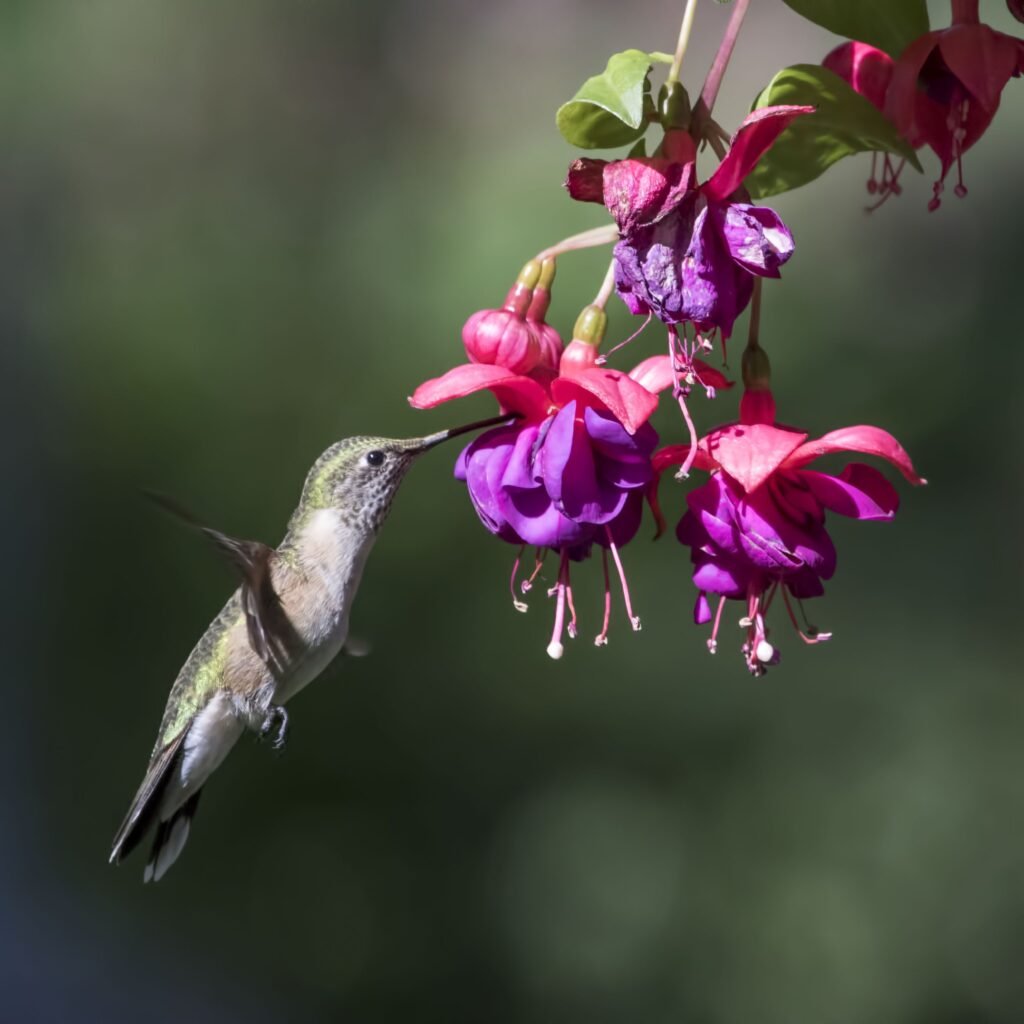
Hummingbirds are especially drawn to trumpet-shaped flowers, and a bed filled with trumpet vines and honeysuckle is irresistible to them. These climbing plants produce abundant nectar while creating a cascade of vibrant reds, oranges, and yellows. Pair them with supportive trellises or fences to give your garden vertical charm and depth. This type of flower bed not only attracts hummingbirds but also adds a sweet fragrance that lingers in the air, making it a sensory delight for both humans and wildlife.
2. Bright Annual Flower Bed with Petunias and Salvias
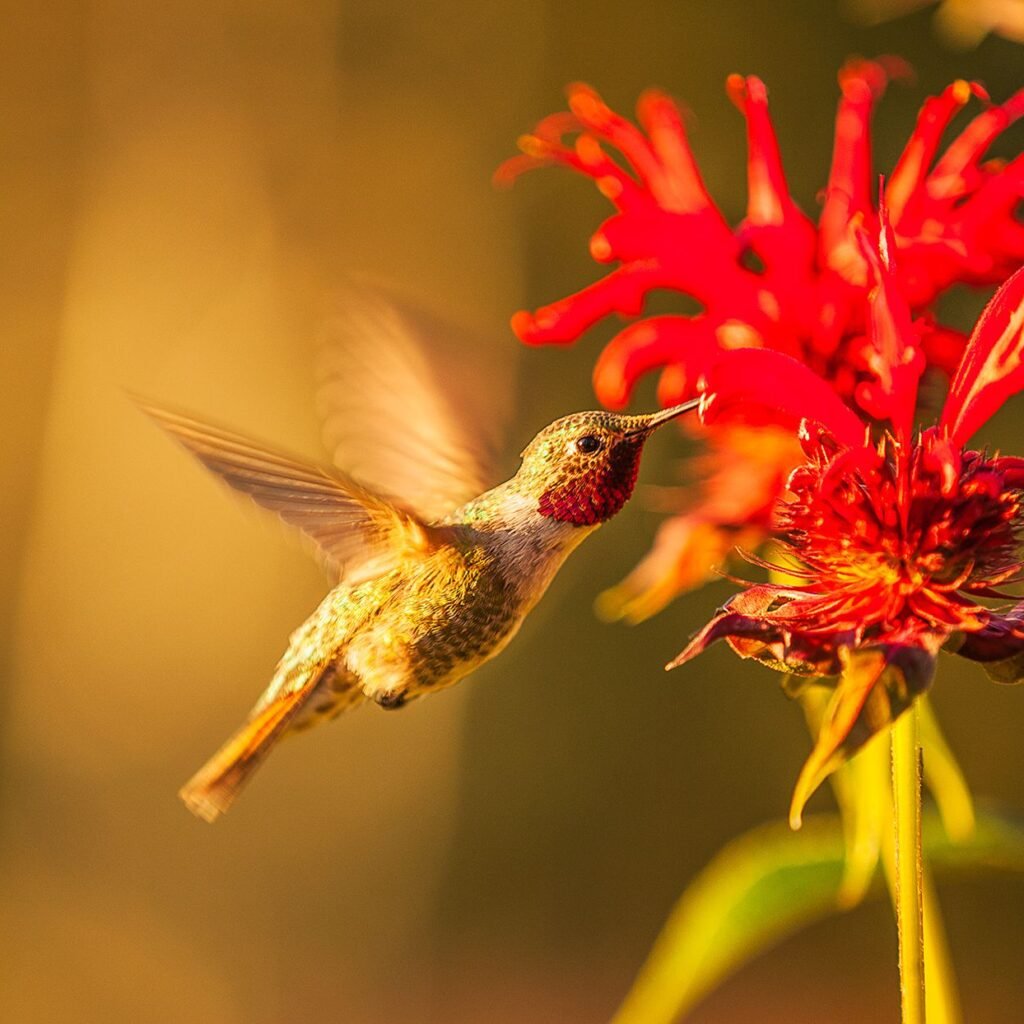
If you want quick, season-long color and lively hummingbird activity, a flower bed filled with petunias, salvias, and fuchsias is perfect. These brightly colored annuals are known for their tubular blossoms, which are ideal for hummingbirds’ long beaks. The mix of pinks, purples, and reds creates a bold, eye-catching display while providing continuous nectar through spring and summer. Since these flowers are easy to grow and replace annually, this design is great for beginner gardeners who want instant results and plenty of hummingbird visits.
3. Native Wildflower Hummingbird Bed
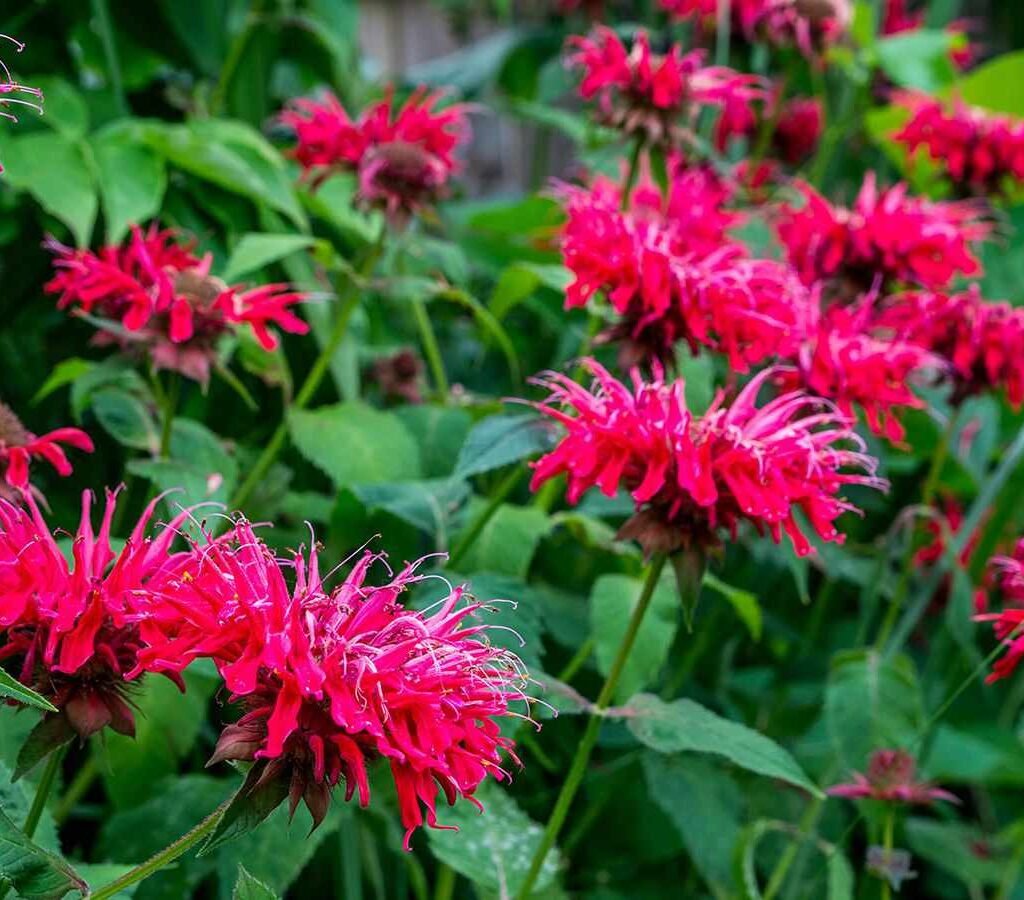
Native plants are always the best choice for pollinator-friendly gardens, and hummingbirds are no exception. Creating a flower bed with native wildflowers like bee balm, cardinal flower, and columbine ensures a natural food source while supporting your local ecosystem. The vibrant reds and pinks of these blooms are highly attractive to hummingbirds, and their natural growth habits create a charming, meadow-like look. This approach requires less maintenance since native species are adapted to your climate, making it both eco-friendly and visually stunning.
4. Vertical Layered Bed with Shrubs and Perennials
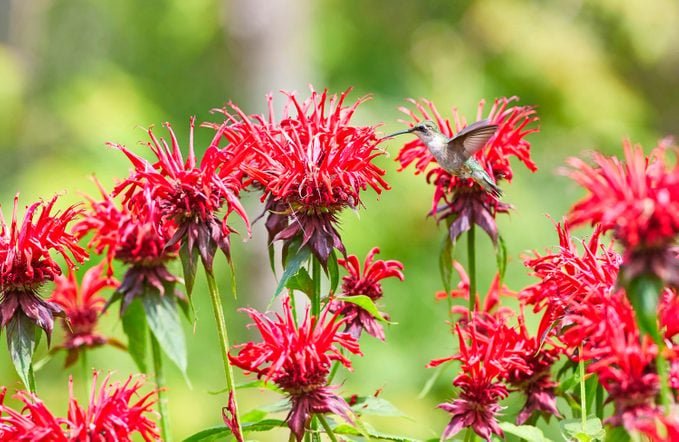
Designing a layered flower bed with shrubs, tall perennials, and ground covers gives hummingbirds different feeding levels while enhancing your garden’s structure. Shrubs like weigela or flowering currant can form the base, while perennials like penstemon and agastache add colorful mid-height blooms. Low-growing ground covers such as creeping phlox complete the look. This layered approach not only provides a continuous nectar buffet but also creates natural hiding spots where hummingbirds can perch between feedings, encouraging them to linger longer in your garden.
5. Sun-Loving Tropical Flower Bed
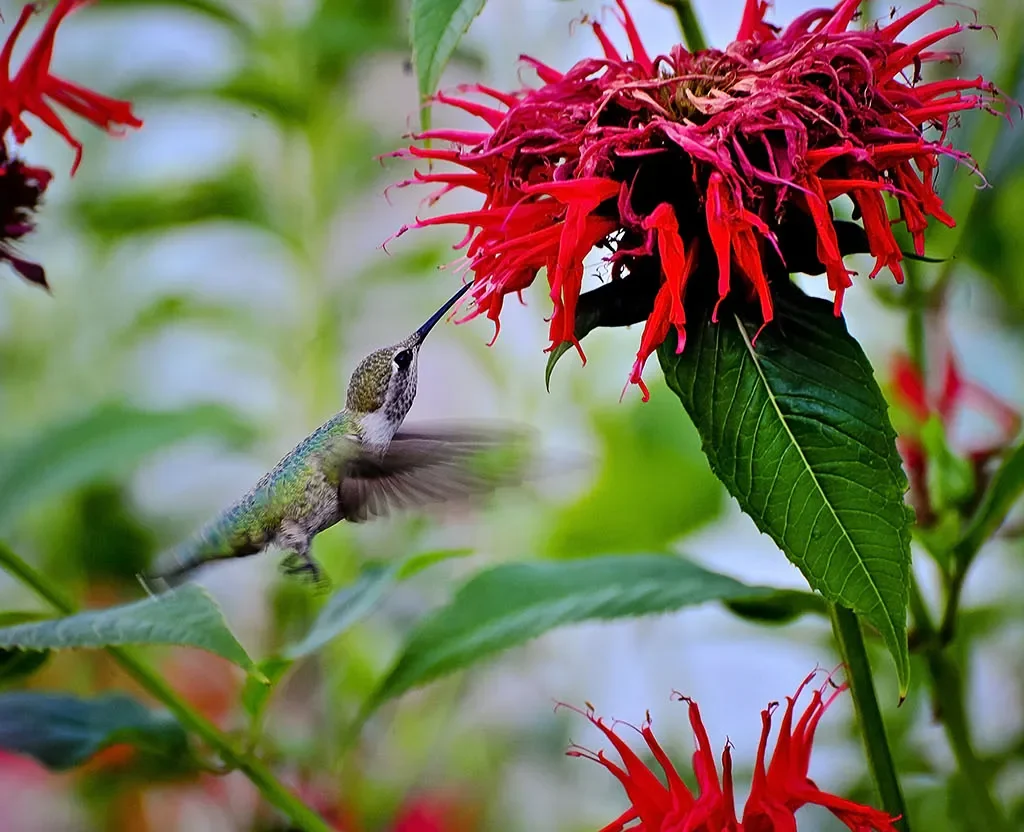
For a bold and exotic look, a tropical-inspired hummingbird bed with flowers like hibiscus, canna lilies, and red hot pokers is perfect. These sun-loving plants produce large, nectar-rich blooms that hummingbirds can’t resist. Their fiery reds, oranges, and yellows bring dramatic flair to your garden while ensuring a reliable food source. Best placed in sunny, open areas, this design creates a lively and colorful centerpiece where hummingbirds can be spotted darting around all season long. It’s a surefire way to add vibrant energy to your outdoor space.
By planting these beautiful hummingbird flower beds, you’ll enjoy a dynamic garden full of color, fragrance, and lively winged visitors. Not only do these designs add aesthetic charm, but they also create a sustainable habitat that encourages hummingbirds to return year after year.
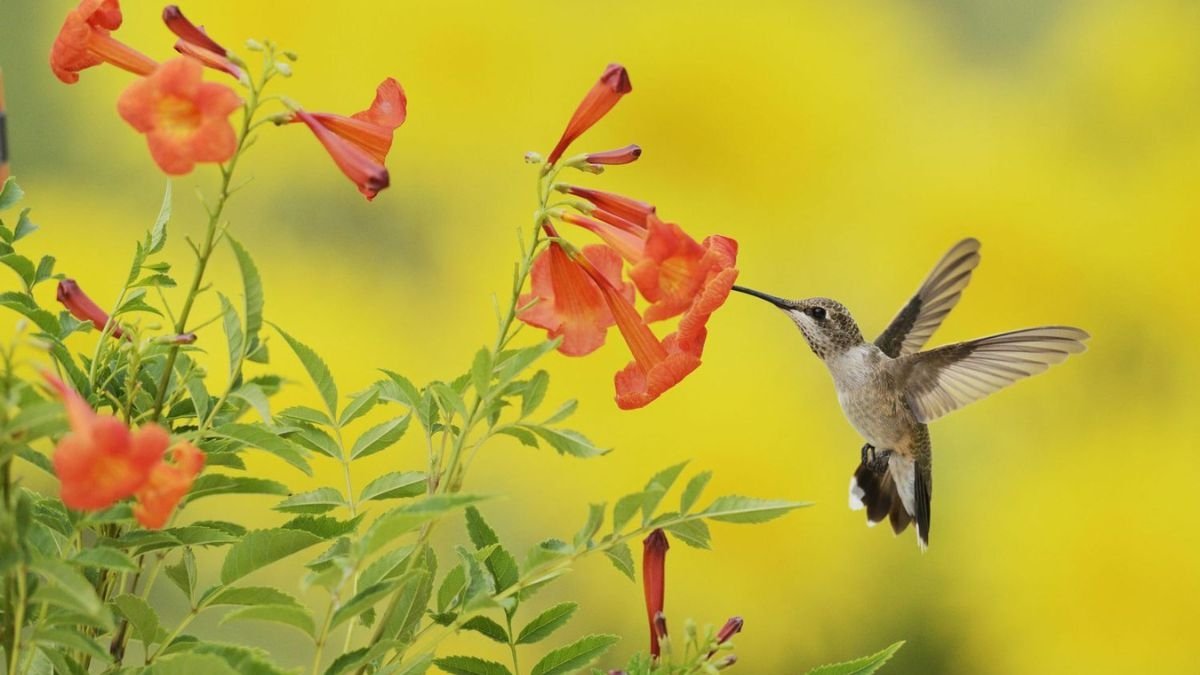
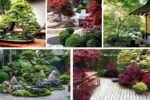
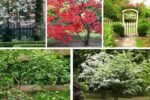
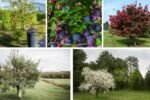

Leave A Comment